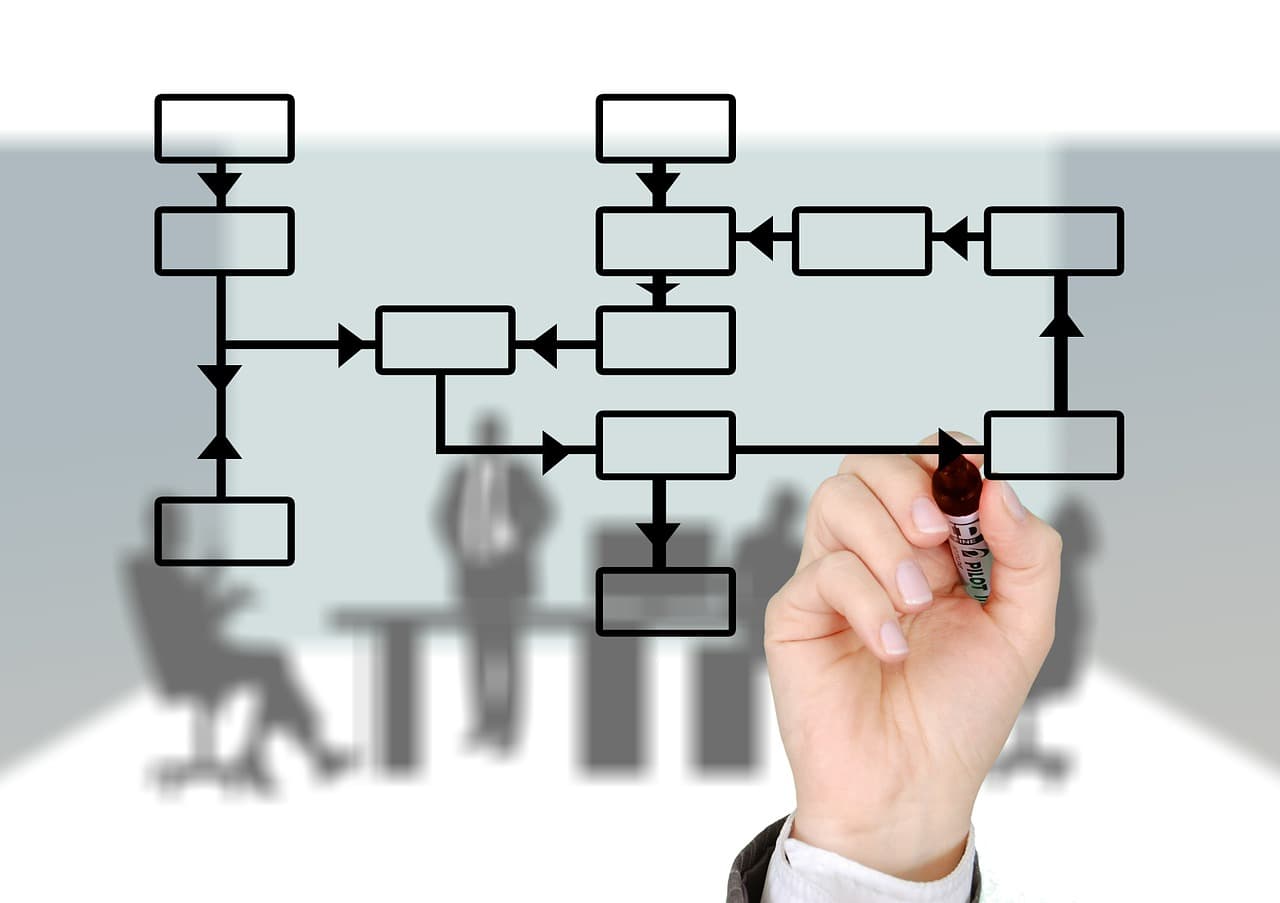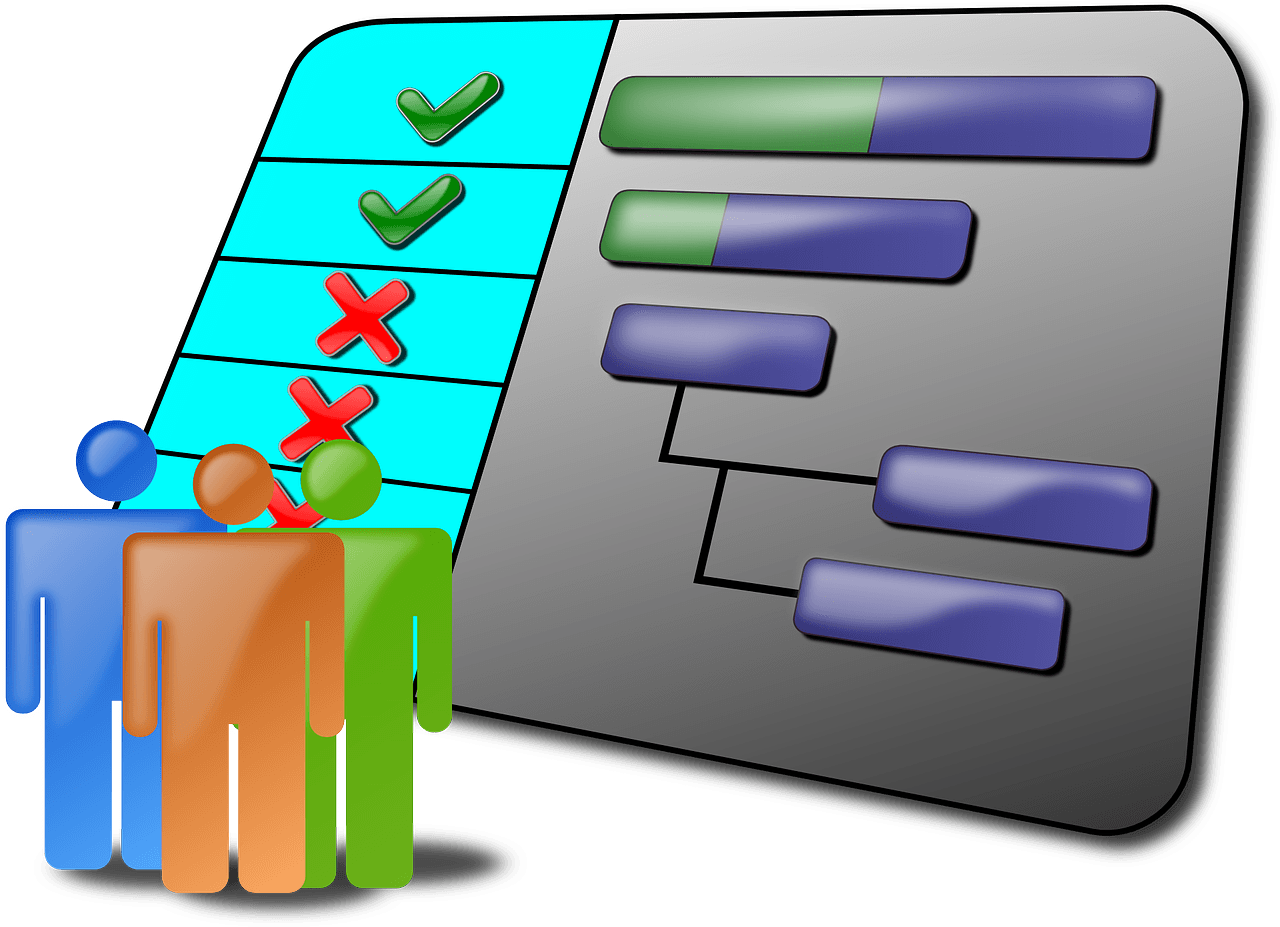Email Security Checklist
5 stars
Scores 4.80 with 90 votes


Views
160
Views: 160
Uses
28
Uses: 28
Tasks
15
Tasks: 15
Introduction
Our Email Security Checklist provides a thorough guide to maintaining a secure email environment. Covering essential practices from filtering spam to safely sending sensitive information, this template helps you, your business & family, protect against phishing scams and suspicious emails. Click Save to personalize your checklist using our Checklist App, allowing you to sync tasks across devices for easy access and collaboration with colleagues or friends. Stay informed and keep your email communications safe with our user-friendly digital features.
- Email service providers vary, but reputable webmail services will automatically filter known spammers. If you want even more control, you can change your privacy settings by clicking on the account profile or settings icon, and follow the links listed.
- If you don't want to receive email from anyone outside work or family contacts, you can modify your email, and the rest will go to trash. Just be sure to check your trash folder periodically to ensure you don't miss important emails from any new contacts.
- You can set up your email to block spammers by sending an automatic verify email notification to senders not on your contact list. The sender will have to verify their email address by clicking on a link.
- You can block any sender you don't recognize or have received unsolicited emails from in the past.
- If you do receive Spam, click the unsubscribe link at the bottom of the junk email.
- Phishing is a scheme used by scammers posing as legitimate companies in order to gain access to your personal account information. If you receive an email from a company or retailer requesting your password due to an account problem, contact the company immediately for verification.
- ;Strange symbols in the subject line, bizarre phrases, or statements claiming you've won a prize or free product may indicate a scam or virus. Trash and block the sender.
- If you get an email with a suspicious subject line ;from a contact on your list, ;it's best to trash the item and respond to your contact personally. Often when email accounts are hacked, spam emails are sent to everyone on the user's contact list. ; ;If you suspect this has happened, notify your contact immediately.
- Never open attachments from ;unsolicited ;or unrecognized senders. Never open any attachments with the .exe as an extension, as this may be a virus that can destroy your computer. Trash the email immediately and block the sender.
- Ensure you are sending all emails and attachments to your intended recipients; double check the correct email addresses before hitting send.
- Bank account information, social security and credit card numbers should never be sent via email.
- If you must send sensitive documents, compress it into a zip file or other format and require a password in order for the recipient to access the information.
Details
Protect your email account from scammers, spammers, and hackers with our Email Security Checklist. Learn how to safeguard sensitive information, adjust account settings, and maintain your privacy. For added protection, consider using a VPN to encrypt your internet connection and keep your communications secure. Explore our VPN Checklist for tips on enhancing your overall online security.
Suggest Improvements
Rate this Checklist
5 stars
Scores 4.80 with 90 votes







